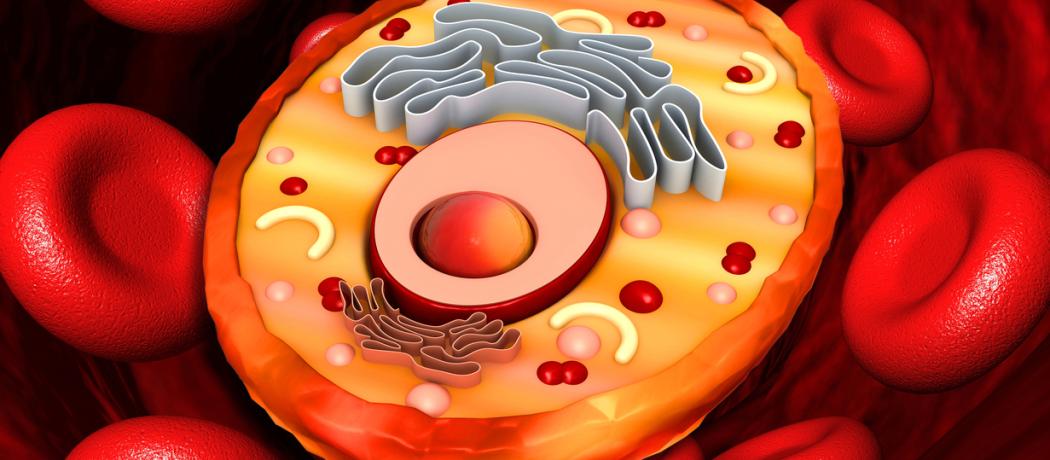I recently finished reading a book by Dr Siddhartha Mukherjee, The Song of the Cell. Actually, it is not quite true that I’ve finished reading it, I find myself going back and back to reread how cells in the body “enable profound forms of physiology: immunity, reproduction, sentience, cognition, repair, and rejuvenation,” and what happens when dysfunctional cells tip our bodies from cellular physiology to cellular pathology. But where do cells come from?
In the mid-1600s, Hans Janssen and his son, both Dutch opticians, placed two magnifying lenses on the top and bottom of a tube and found that they could use the set up to magnify the image of various objects. In the late 1670s, a Dutch cloth trader, Antonie van Leeuwenhoek, built himself a simple single-lens version of Janssen’s magnifier. He used it to grade the quality of fibres in clothing material. Soon his interest widened and he started looking at whatever objects he could find. In 1675 he wrote to the Royal Society of London that he had discovered living creatures in rainwater. He included the testimony of a group of local residents who swore that they had seen the swimming animals. He was ignored. He wrote to a friend that he was craving knowledge, “which I notice resides in me more than in most other men.”
Almost 10 years before Leeuwenhoek’s letter to the Royal Society, the Englishman Robert Hooke, a physicist, architect, mathematician, telescopist, illustrator, and microscopist, had also seen “things” like the eyes of a fly and the antlers of an ant. He also looked at a thin slice of cork. “I could perceive it to be a little porous,” he wrote, “like a great many little boxes.” He called these little boxes “cells.” As the book’s author remarks, “unwittingly, he had inaugurated a new conception of living beings and of humans.” Hook’s interest in microscopy eventually dwindled.
Between 1690 and 1820 many botanists and zoologists peered into their microscopes and tried to understand what they saw. In the mid-1830s, self-taught botanist Francois-Vincent Raspail recognized that cells were everywhere in plant and animal tissues, and he made the connection that they must be doing something! He suggested that cells were a kind of laboratory performing chemical processes to make tissues function. He had no tools or experimental methods so he could only describe this as his theory. Debates arose among scientists. The vitalist group of biologists, chemists, philosophers, and theologians saw the cell as the work of a divine creator. Another group proposed preformation: the idea that the human fetus was already fully formed, although miniaturized when it first appeared in the womb. Then a German scientist, Robert Remak, looked at frog embryos and chicken blood under his microscope. After a long waiting period he saw a cell quiver, enlarge, and split into two. There was the evidence that developing cells arose from the division of preexisting cells. Remak was ignored and he was denied professorship at the local university because of his Jewish heritage.
In the last part of the 1830s, botanist Matthias Schleiden and zoologist Theodor Schwann collated the work of their predecessors and came up with two tenets of cell theory: all living organisms are composed of one or more cells, and the cell is the basic unit of structure in organisms. But neither scientist understood how a cell might be created.
In the 1850s in Berlin, Rudolph Virchow, then a 30-year-old doctor barely out of medical school, was called to the bedside of a 50-year-old woman with a swollen abdomen and a palpable, enlarged spleen. A blood sample showed an extraordinarily elevated level of white blood cells. The cells looked like one another. Could that be from a physiological process, such as cell division gone wild? Dysfunctional cells begat dysfunctional cells? While Virchow was contemplating this he also became involved in social protests over political misrule and social neglect, which led to him being forced to resign from his university post and effectively exiled to an insignificant institute in Wurzburg. There he had time to contemplate the overriding question: where do cells come from? In essence, Virchow refined Schwann and Schleiden’s cell theory by adding that all cells come from other cells; normal physiology is the function of cellular physiology and disease is the result of disrupted physiology of the cell.
These principles form the pillars of cell biology and cellular medicine today. To locate the heart of physiology or illness, one must look first at cells.
—George Szasz, CM, MD
Suggested reading
Mukherjee S. The song of the cell: An exploration of medicine and the new human. Scribner; 2022.
This post has not been peer reviewed by the BCMJ Editorial Board.
 |
| This work is licensed under a Creative Commons Attribution-NonCommercial-NoDerivatives 4.0 International License. |

